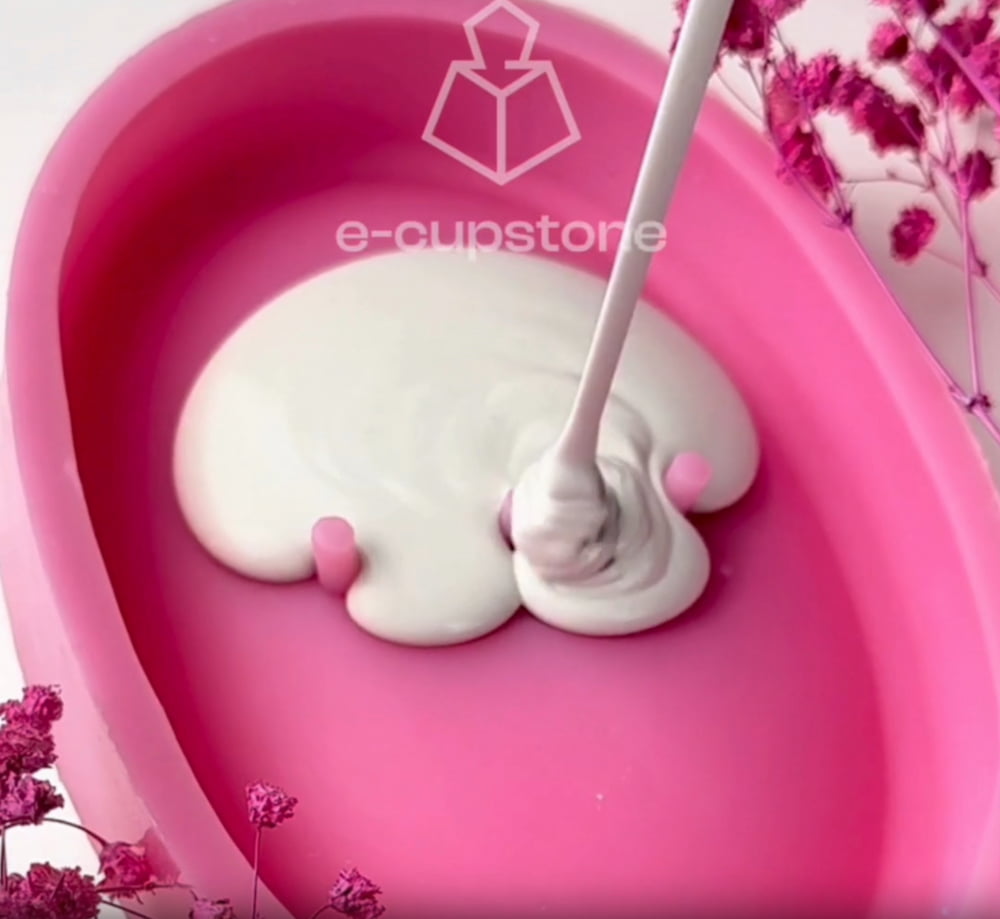Applied art is a field of creativity that combines beauty and functionality to create everyday objects with exceptional aesthetic qualities. It is an area where design meets practicality, and where every object, from furniture to ceramics, from textiles to art glass, can become a vehicle for sophisticated style while serving its practical purpose. Contemporary applied art draws on a rich tradition of artistic craftsmanship and innovative design solutions, responding to the needs of modern life while enhancing the quality of our surroundings.
Design for everyday life - how does applied art combine aesthetics with functionality in our homes?
Everyday design is an integral part of our surroundings that affects our quality of life and well-being. The applied arts, which are a combination of aesthetics and functionality, find their place in every home. Everyday objects such as furniture, lighting or crockery are designed to be not only practical but also pleasing to the eye.
Contemporary interior design often makes use of innovative materials and technologies. For example polymeric gypsum is used to create decorative interior elements that combine lightness and strength. This makes it possible to create intricate forms without placing a strain on the building structure.
The harmonious combination of aesthetics and functionality in fine art requires designers to have a deep understanding of user needs and knowledge of the latest design trends. Properly designed objects are intuitive to use and can even improve the ergonomics of everyday activities.
The interiors of our homes thus become a gallery of personal design choices, where each object tells a story about the tastes and values of the inhabitants. Applied art makes a space more personal and functional at the same time.
From vintage to modern - a review of the most iconic wearable art objects in design history
The applied arts play a key role in everyday life, being a combination of functionality and aesthetics. In the history of design, there are many objects that have become iconic. One of these is the Thonet chair No. 14, designed by Michael Thonet in the 19th century. His innovative wood bending technique allowed mass production and introduced a new chapter in furniture design.
In the 1920s and 1930s, the Bauhaus revolutionised the approach to design, promoting functionality and simplicity of form. Lamps designed by Wilhelm Wagenfeld became a symbol of this school, combining industrial materials such as glass and metal with minimalist design.
After World War II, design began to explore new directions and plastic became the dominant material. Eero Saarinen created the 'Tulip' series of furniture, characterised by flowing lines and organic shapes, reflecting the modern spirit of the 1950s and 1960s.
Contemporary design continues the tradition of innovation, often using advanced technology to create everyday objects. One example is the Aeron chair by Herman Miller, which revolutionises seating ergonomics with its adjustable design that adapts to the user's body.
Iconic objects of applied art have not only shaped the way we view design, but have also influenced our everyday lives, demonstrating how innovation can lead to the creation of beautiful and functional products.
Applied art is not only an aesthetic addition to our surroundings, but also an everyday functionality that affects the quality and comfort of life. Objects designed with beauty and utility in mind can transform routine activities into small rituals, adding splendour to even the simplest activity. It is therefore worth surrounding ourselves with objects that are a testament to human talent and creativity, while serving us on a daily basis, combining form and function in a harmonious duet. Let every object in our home be a small work of art that pleases the eye and makes life easier.
Shutterstock photo.





